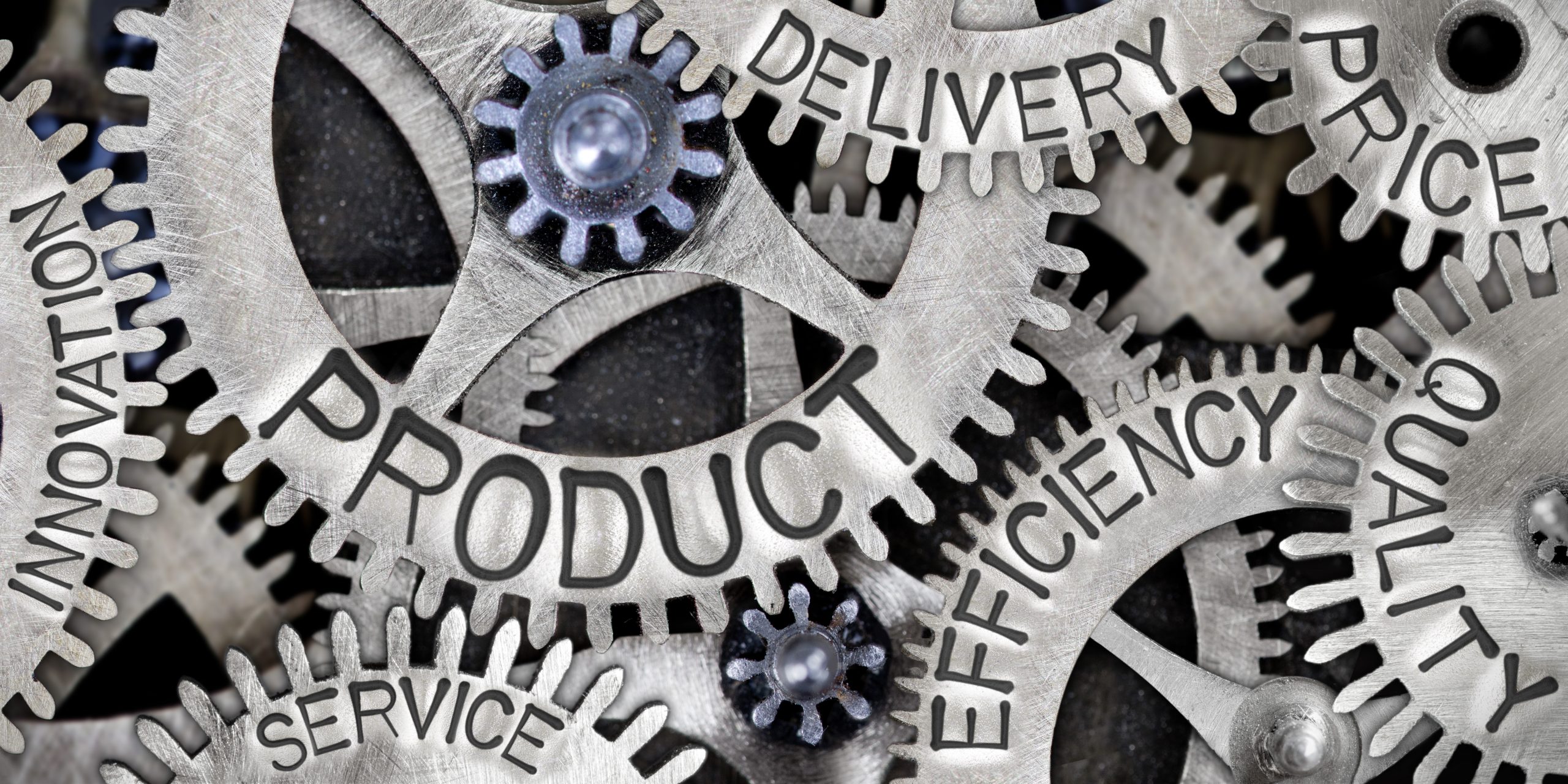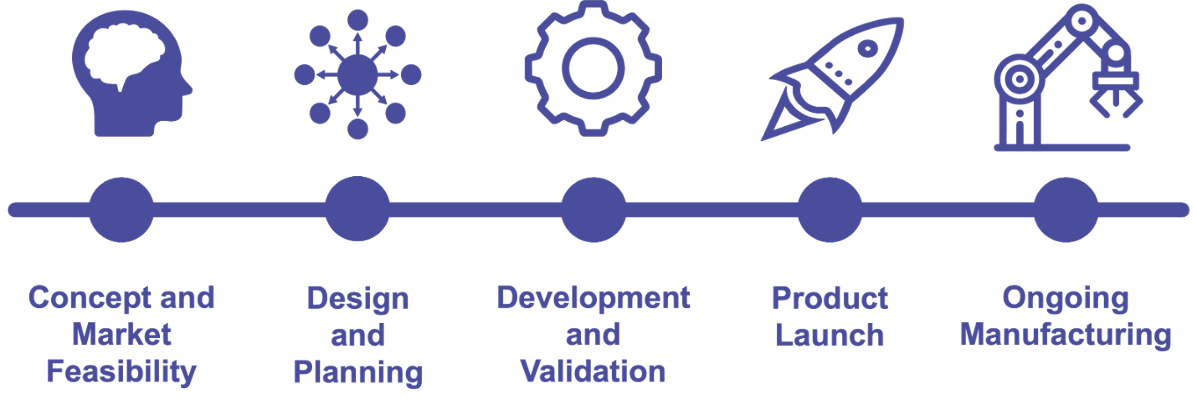
2. PRODUCT REALIZATION
Last week Mike Freier set the general scene for the downturn we are facing and so getting more upbeat this week, he discusses some proven business strategies that will help you survive tough times and set up a solid foundation to thrive over time.
The first step is to define your product development strategy to align with your core business competencies (e.g. hire internal resources for core business and outsource non-critical tasks or projects). Second, structure your development to support your unique product profile (e.g. target markets, level of complexity, volumes, cost targets, etc.).
Every company knows the general order that things need to be done in, but not all are able to make the hard decisions around this general strategy to adopt in times of stress or threats to business profitability. As a result, they wait too long to make the changes that will build towards future success.

When thinking about your general strategy there are several product realization and commercialization options to consider from a perspective of managing for success:
- Product development – In-house vs. outside
- Designing in standard vs. custom components
- Manufacturing – In-house vs. outside
- Original Design and Manufacture (ODM)
- Joint Development and Manufacture (JDM)
- Last Mile Supply Chain (3PL)
Companies that implement an optimized strategy early in the product life cycle are able to outperform companies with a weak product realization process, and increase chances of surviving a downturn.
When considering how to decide which of the above elements you should focus on first, it’s worth considering the following 10 common warning signs of a weak product realization process:
- Slipping schedules – internal deliveries are never on time
- Exceeding budgets – things cost more to design and build than you expect
- Exceeding product cost targets – impacts to your expected profits
- Missing requirements and/or feature creep – not knowing quite what you are making or selling
- Rapid team growth (without strong onboarding) – staff are underutilized and inefficient
- Breakdown in communications – “everything is on-time and fine” vs. reality
- Customer “beta” test failures – disappointment in the customer base and/or design issues
- Low manufacturing yields – the product design is not manufacturable
- High number of pre & post launch ECOs – was my product tested at all?
- Excessive number of field failures and product returns – reliability is poor
If you recognize any of the factors in the above list, then you should take notice and re-evaluate how well your product realization strategies are working. Before things get out of control, you may need to pivot to ensure that your efforts stay on track. However, because it takes time for changes in a hardware cycle to propagate, be sure to look for incremental positive improvements on a regular cadence rather than expecting a sudden miraculous change in your fortunes!
Next week Mike will start to explore how your people and resources can impact your future capabilities, both in a positive and negative direction!

Mike Freier is Founder and Principal Consultant at the Product Management Consulting Group and has more than a decade in hardware product management/marketing.


